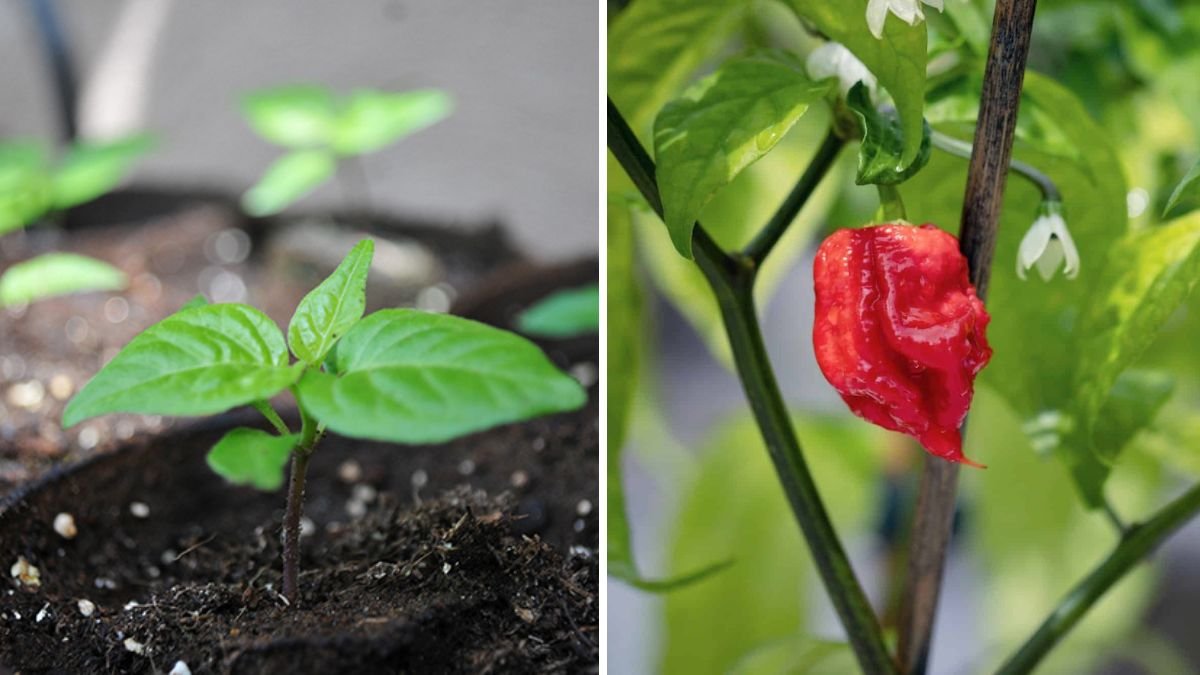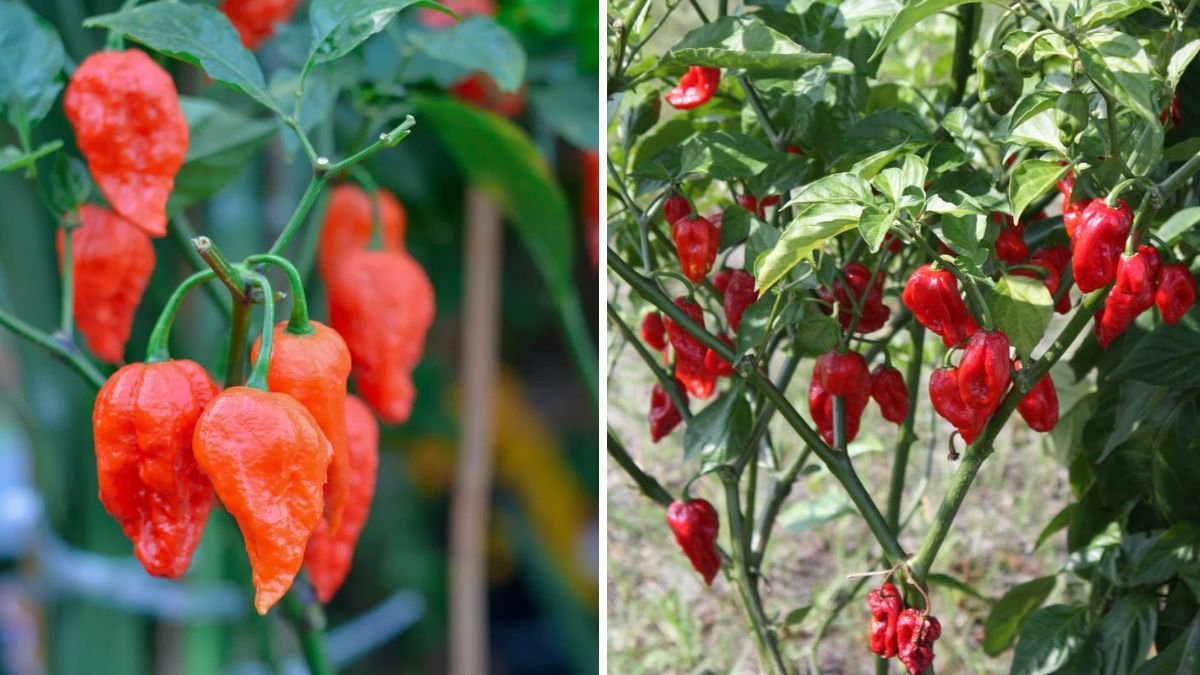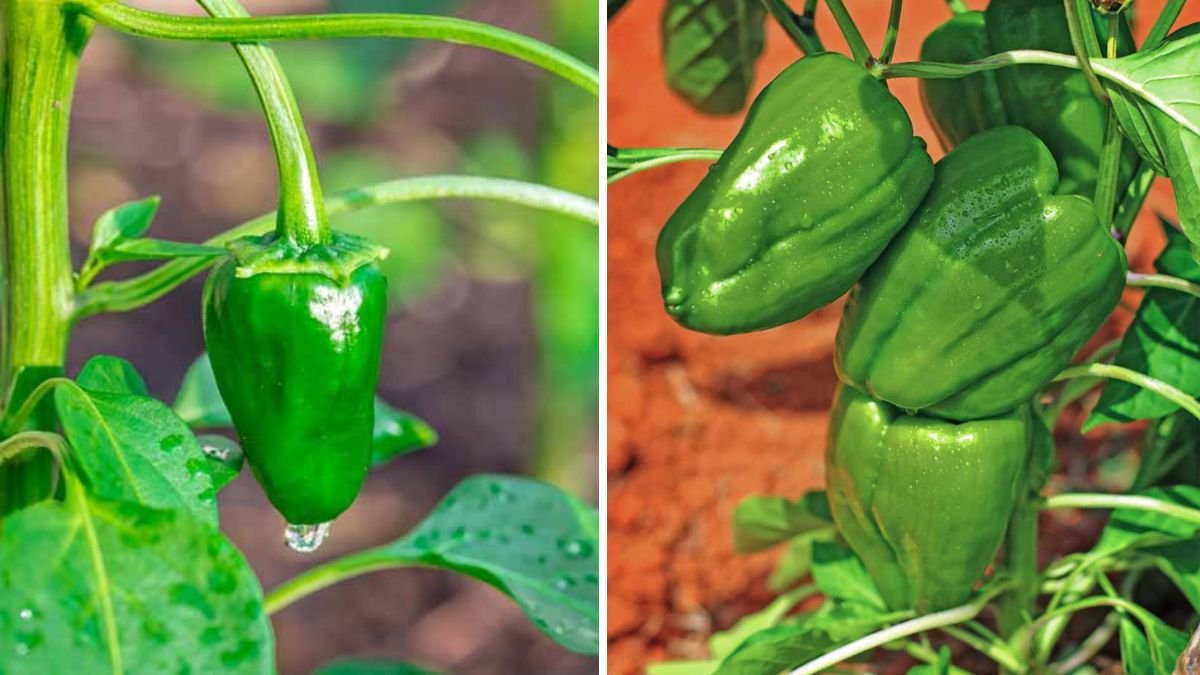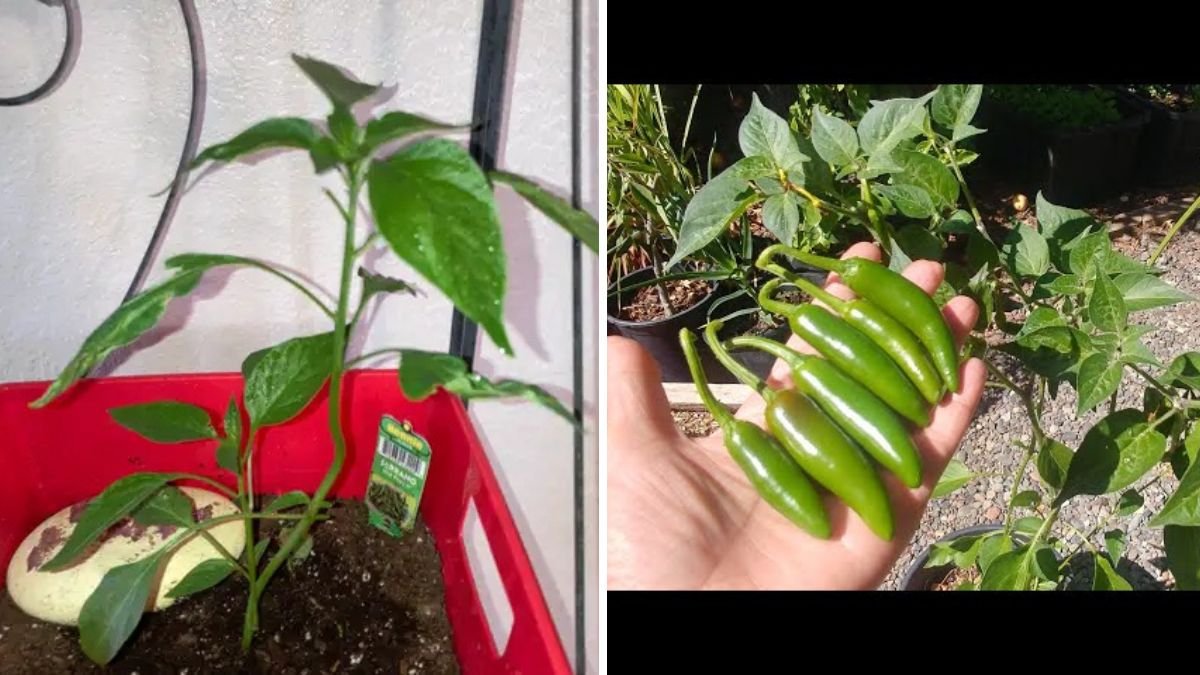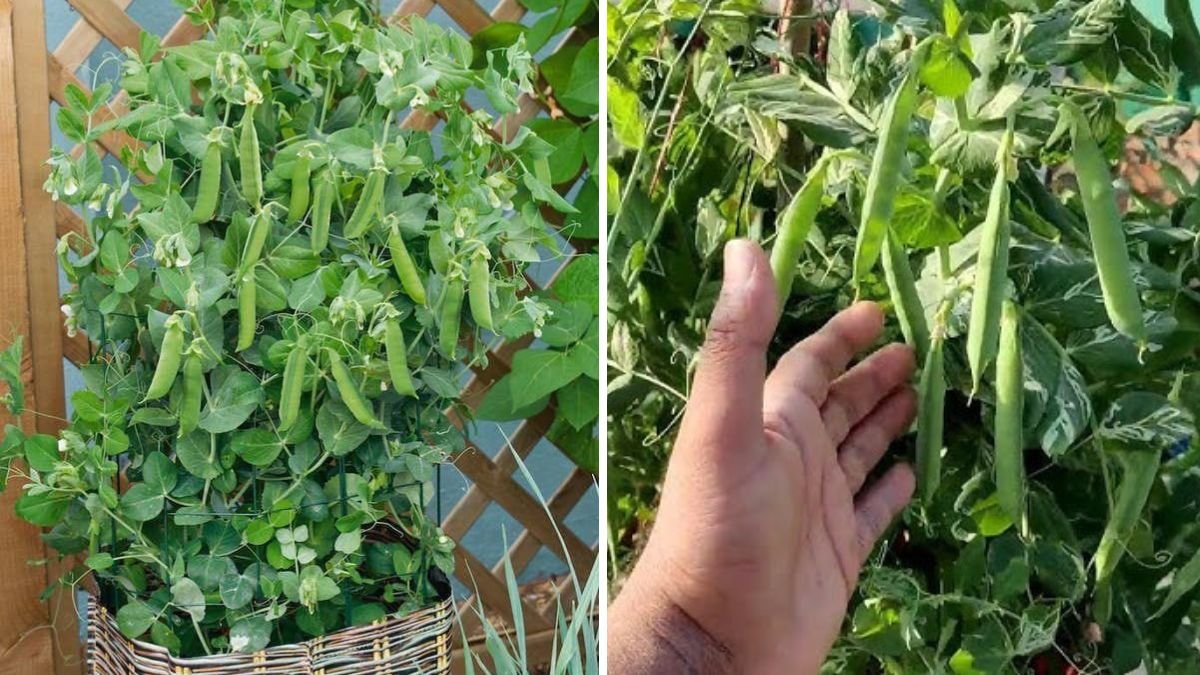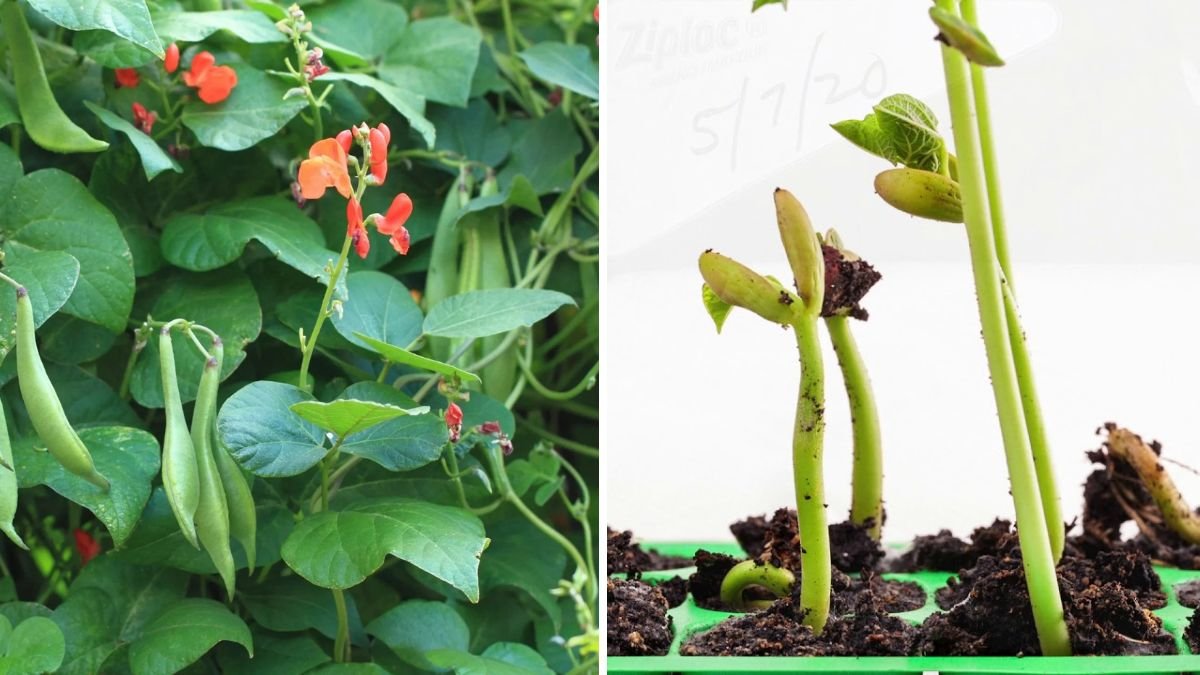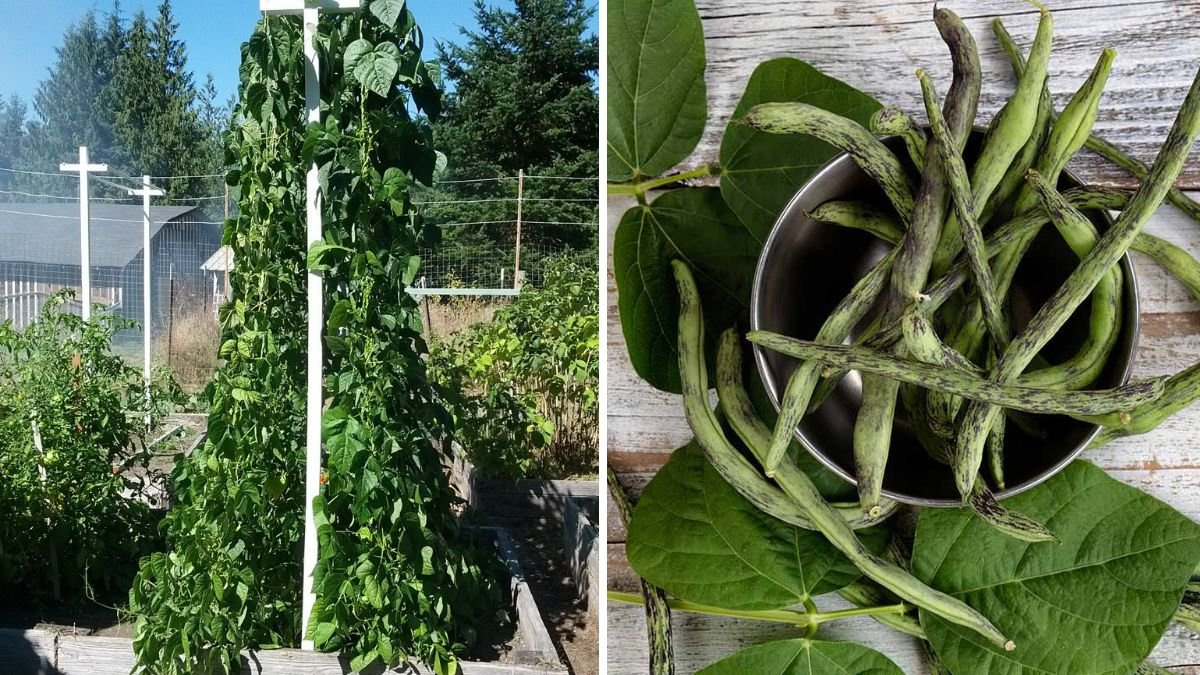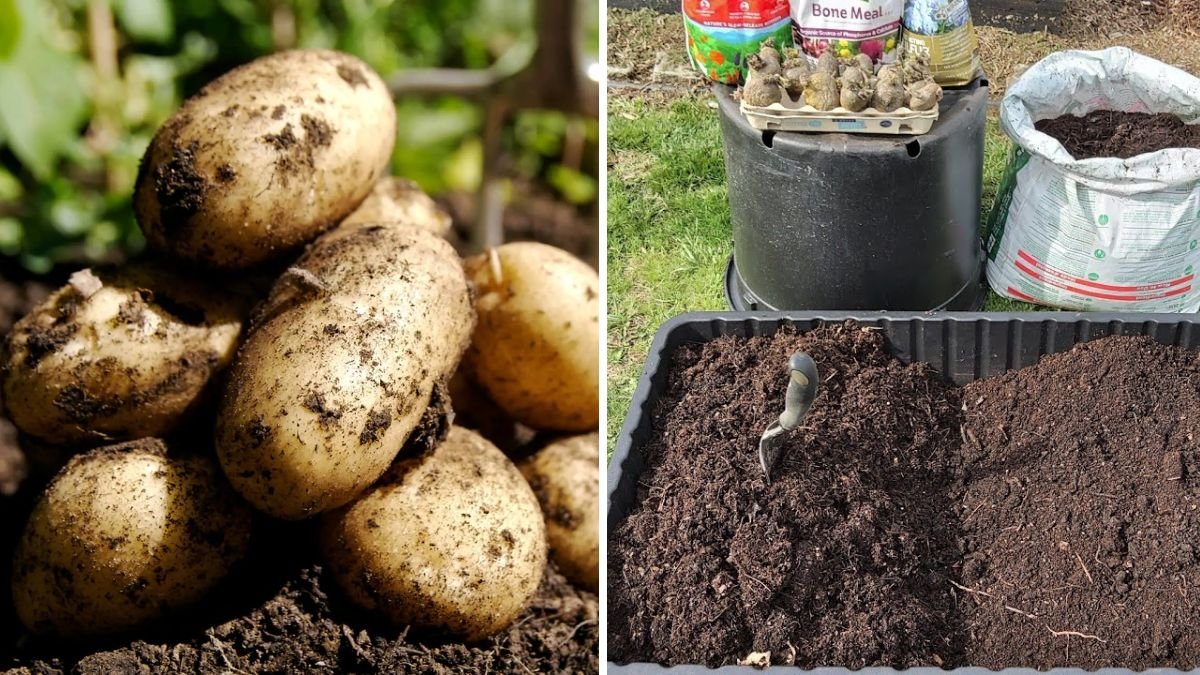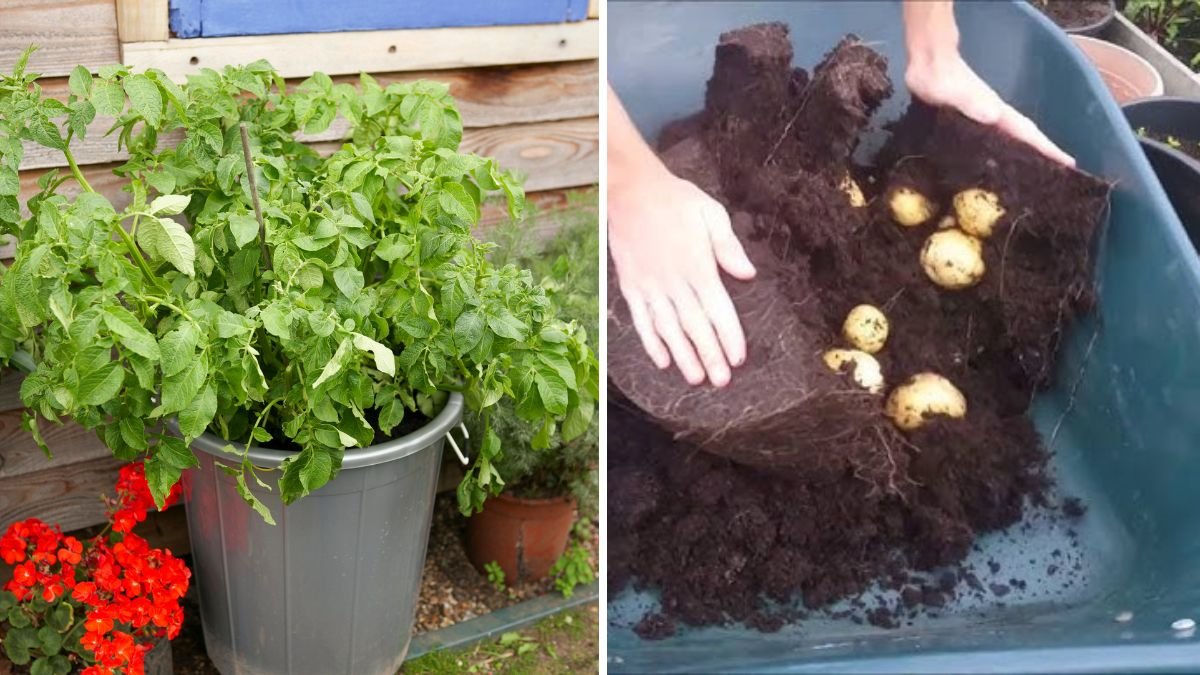Carolina Reaper The World’s Hottest Pepper Heating Up American Kitchens and Gardens
If you’ve ever wondered what it feels like to taste fire, the Carolina Reaper is your answer. Known as the world’s hottest pepper, this crimson-red chili has become a sensation among American spice enthusiasts, hot sauce makers, and gardeners. With a record-breaking heat level that averages over 1.6 million Scoville Heat Units (SHU)—and peaks at … Read more
